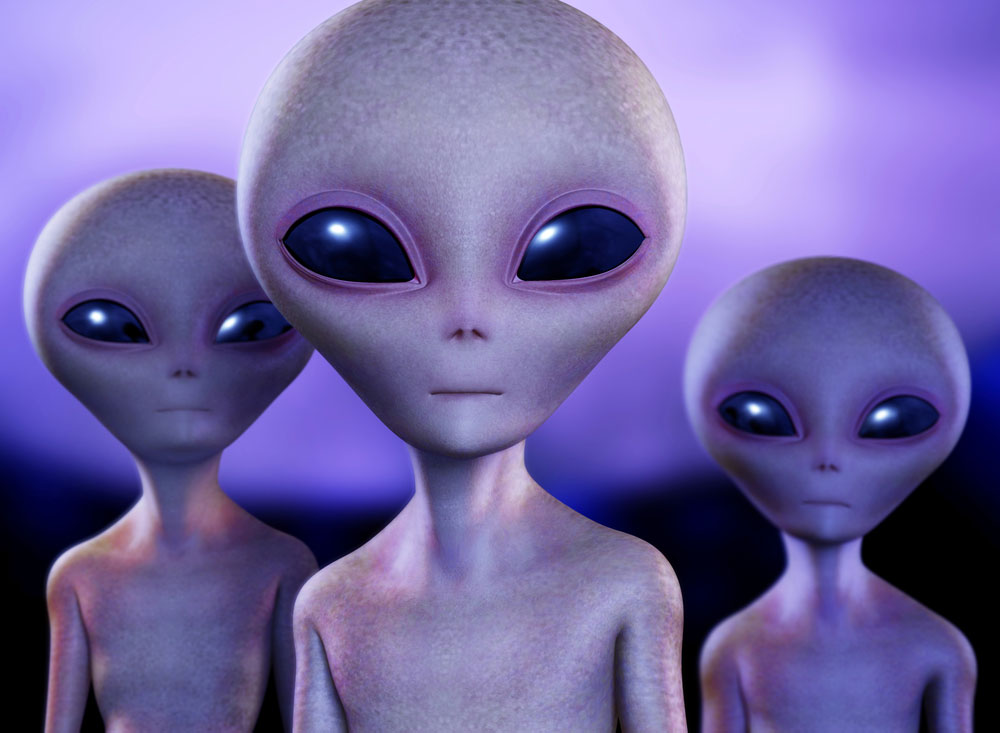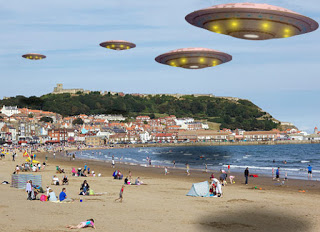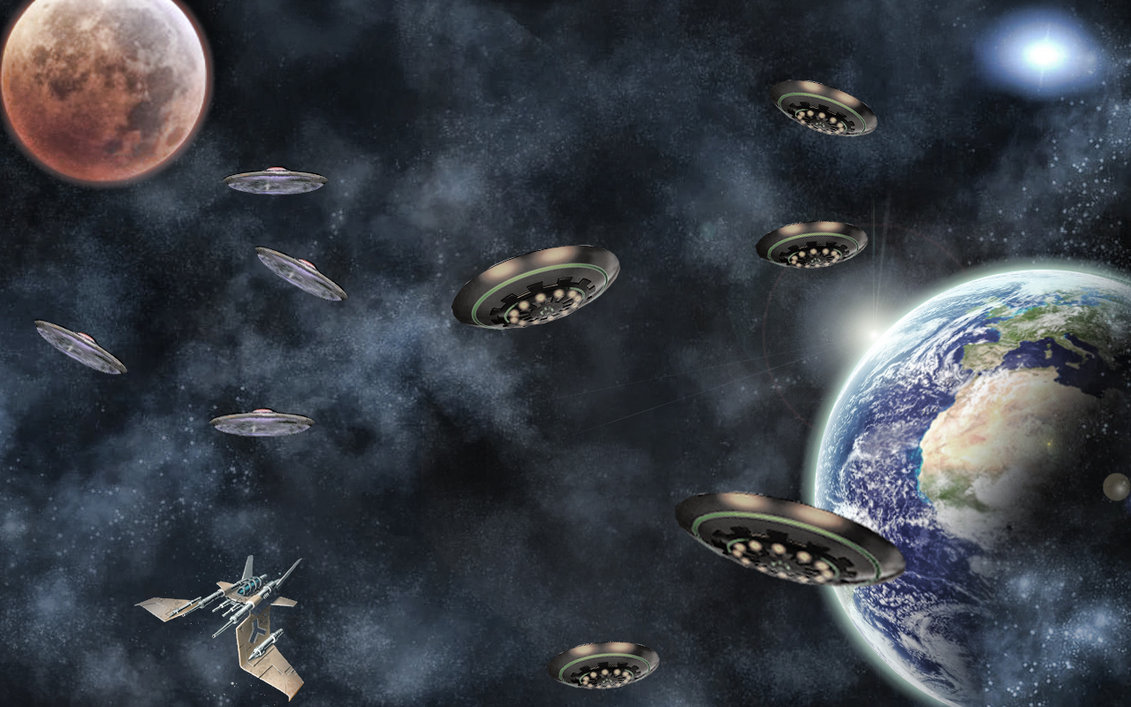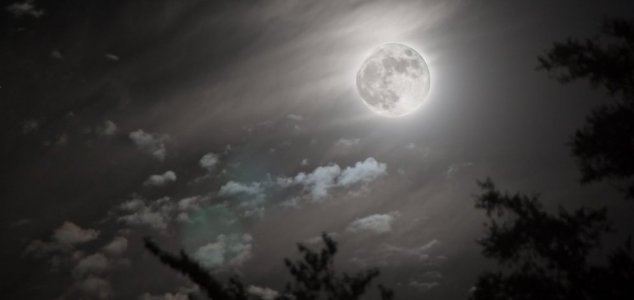UFO invaders
 June 21, 1947, Harold Dahl and three other people were in their boat off Maury Island (now called Vashon Island) when they reported seeing six flying saucers dumping hot, black, lava-like rocks on the water and land. Dahl told the supervisor of his private beach home security company, Fred Crisman. The next day, a Man In Black came to visit Dahl and told him to keep quiet if he loved his family.
June 21, 1947, Harold Dahl and three other people were in their boat off Maury Island (now called Vashon Island) when they reported seeing six flying saucers dumping hot, black, lava-like rocks on the water and land. Dahl told the supervisor of his private beach home security company, Fred Crisman. The next day, a Man In Black came to visit Dahl and told him to keep quiet if he loved his family.
Two days later, Kenneth Arnold, a pilot who ran a fire equipment business, took off from Chehalis, and reported spotting nine UFOs tooling along at more than 1,000 mph between Mount Rainier and Mount Adams. On July 5 of that year, the crew of a United Airlines DC-3 also reported nine flying discs near Mount Rainier. The media picked up the stories, which resulted in even more sightings of things that appeared to have come from outer space.
Between 1978 and the early 1990s, UFO researchers such as Stanton T. Friedman, William Moore, Karl T. Pflock, and the team of Kevin D. Randle and Donald R. Schmitt interviewed several hundred people who had – or claimed to have had – a connection with the events at Roswell in 1947. Hundreds of documents were obtained via Freedom of Information Act requests, and some were supposedly leaked by insiders, such as the so-called Majestic 12. Their conclusions were at least one alien craft had crashed in the Roswell vicinity, aliens – some possibly still alive – had been recovered, and a government cover-up of any knowledge of the incident had taken place.
Over the years, books, articles, television specials, and a made-for-TV movie brought the 1947 incident significant notoriety. By the mid-1990s, public polls such as a 1997 CNN/Time poll, revealed that the majority of people interviewed believed that aliens had indeed visited Earth, and that aliens had landed at Roswell, but that all the relevant information was being kept secret by the US government.
According to anthropologists Susan Harding and Kathleen Stewart, the Roswell Story was the prime example of how a discourse moved from the fringes to the mainstream according to the prevailing zeitgeist: public preoccupation in the 1980s with “conspiracy, cover-up and repression” aligned well with the Roswell narratives as told in the “sensational books” which were being published.
Arnold and Crisman started meeting with reporter Paul Lantz of the Tacoma Times and two men from Army Intelligence — Capt. William Davidson and 1st Lt. Frank Brown.
Crisman is reported to have given the two military men a box of the mysterious debris allegedly dropped by UFOs around midnight July 31. The two pilots took off from McChord Field shortly after 2 a.m., en route to a base in California. At 2:35 am, several people witnessed the B-25 bomber on fire, circling over Kelso and Longview, and police raced to the crash in Rose Valley.
UFO reports
An article in The Daily News (Longview) that afternoon didn’t mention the UFO theory, but at the Tacoma Times, Lantz was told by anonymous callers that the B-25 was carrying flying disc fragments and that “McChord Field officials had stated it was shot down or sabotaged.” A caller had inside information, including the names of the pilots who had died, before the information was released to the press.
Lantz’s story was headlined “WRECKED BOMBER CARRIED DISC SECRETS.” Other newspapers picked up the story line. The next issue of the weekly Kelsonian-Tribune carried the headline “Flying Disk Investigators Die in Army Bomber Wreck.”
Who killed the witness?
 Lantz died six months later at age 29 of streptococal meningitis — but reportedly only after two more Men In Black had come to urge him to abandon the flying disc story.
Lantz died six months later at age 29 of streptococal meningitis — but reportedly only after two more Men In Black had come to urge him to abandon the flying disc story.
Originally posted 2014-03-14 02:18:52. Republished by Blog Post Promoter













